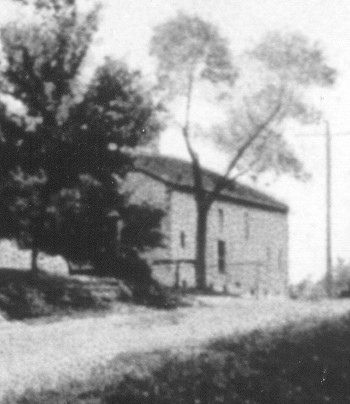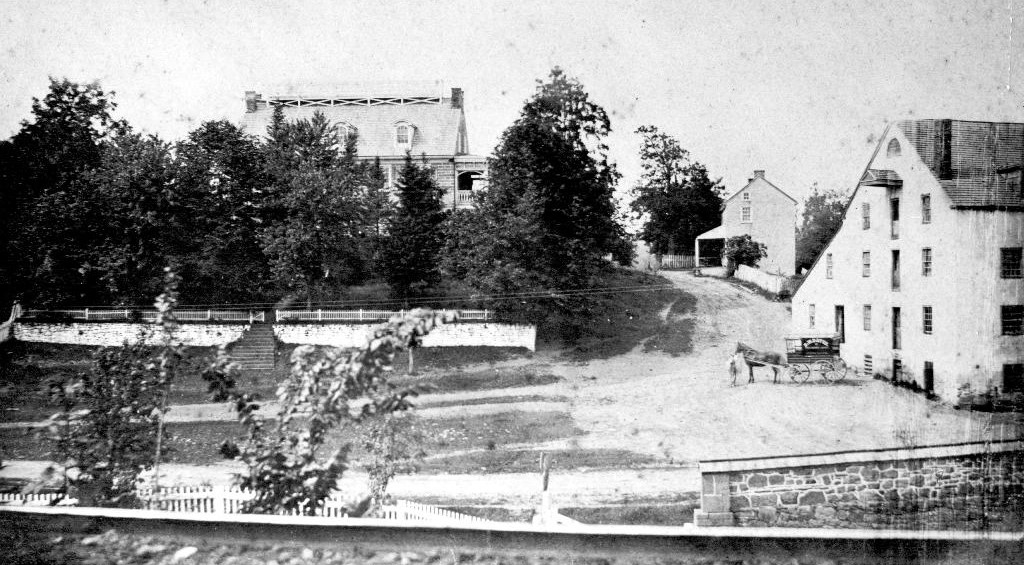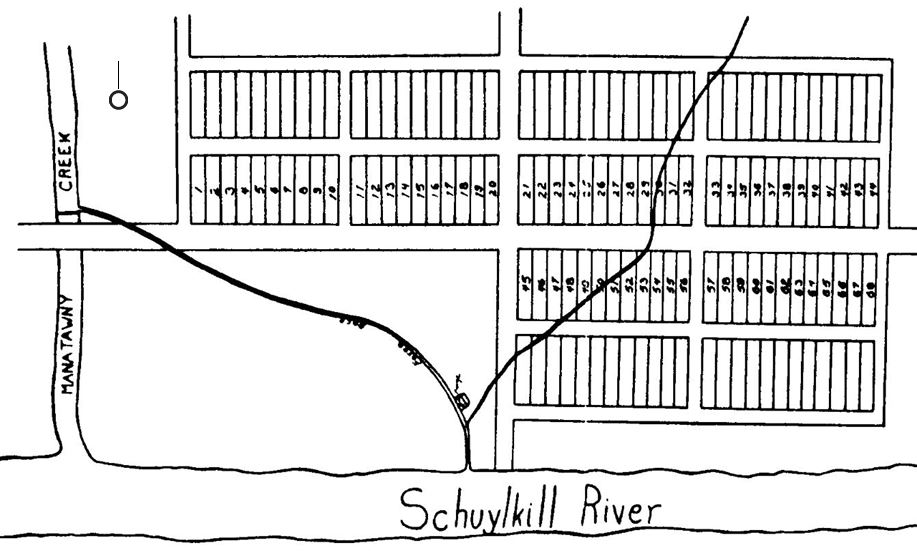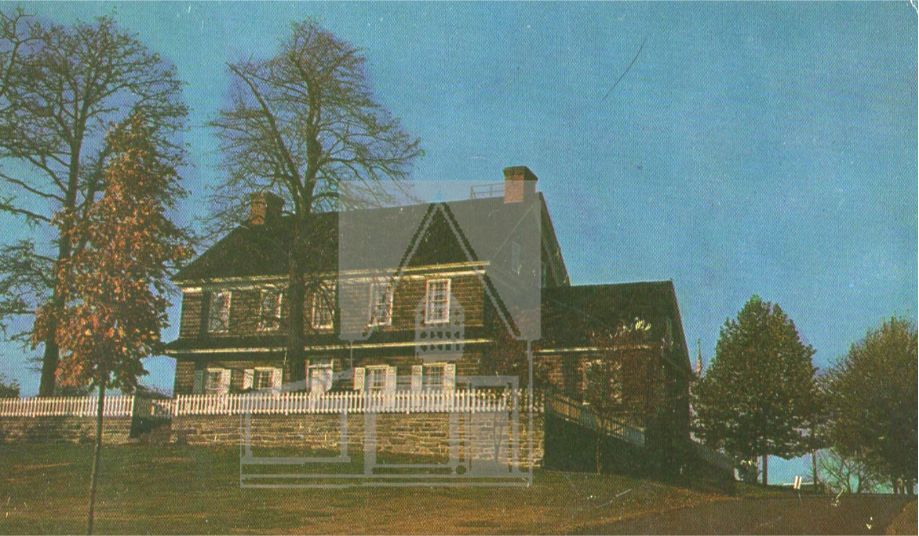The history of Pottsgrove Manor stretches back further than recorded history. Long before William Penn became proprietor of the colony of Pennsylvania, American Indians lived along what the Lenape people called the “Manatawny Creek,” which translated to “the place where we drink.” Archaeological excavations on the Pottsgrove Manor property indicate a native presence reaching back thousands of years. These prehistoric inhabitants probably used the place as a temporary camping spot.
In 1735, the tract of land that encompassed Pottsgrove Manor was granted to George McCall by William Penn’s son. John Potts purchased 995 acres of it from McCall’s son Samuel in 1751. The manor house was built around 1752, though there may have been earlier structures on the property.
As an iron plantation, Pottsgrove Manor would have included vast acreages of trees to be cut down for charcoal. A refinery forge, called Pottsgrove Forge, was situated southeast of the manor house by the Manatawny Creek, approximately where the parking lot of Montgomery County Community College is located between High Street and College Drive.

On the portion of his Original barn at Pottsgrove Manor, razed the in 1960s
Today, only four acres remain of the original 995. Pottsgrove Manor is now situated in an urban area, boxed in by major roads. Visitors to the site see very little of the original property, which John Potts referred to as “the plantation whereon I live.”
Being a rural estate, the property would have included a number of outbuildings The main barn of the manor sat behind the house, across what is now King Street. It stood until the 1960s when it was razed to make room for a motel. There were likely other barns and sheds to house animals, and housing for some of the Potts’ servants and slaves. A probate inventory of the property, taken after John’s death in 1768, also makes reference to a blacksmith’s shop.
In addition, the property included two grist mills and a saw mill. One of the grist mills can be seen in the bottom right-hand corner of the above photograph. This mill burnt down in the late 1870s. Recent archaeological excavations confirmed its location, as the foundation walls still remain beneath the ground. The smaller building behind it was where the miller lived. That house still stands today.

Pottsgrove Manor, circa 1865
After John Potts’ death in 1768, the portion of Pottsgrove Manor that lay on the west side of Manatawny Creek, including the manor house, was purchased by John’s eldest son Thomas. Thomas sold the property in 1783 to Francis Nichols, and with that sale, the house passed out of the Potts family.
On the portion of the property that lay east of the Manatawny, John had surveyor Benjamin Lightfoot lay out a town he called Pottsgrove. The name was changed to Pottstown in 1815 when the town was finally incorporated. In the eighteenth century, the town was just a small village, with most of the inhabitants being either workers for the Potts’ iron business or Potts family members themselves. As the map below shows, the original town was centered around the intersection of High Street, which ran parallel to the Schuylkill River, and Hanover Street, which ran north-south and terminated at the banks of the Schuylkill.
The house and surrounding property were divided and sold several more times over the ensuing years. The manor house itself functioned as a farmhouse, a hotel, a boardinghouse, and an apartment building before being restored and opened as a museum in 1952.

